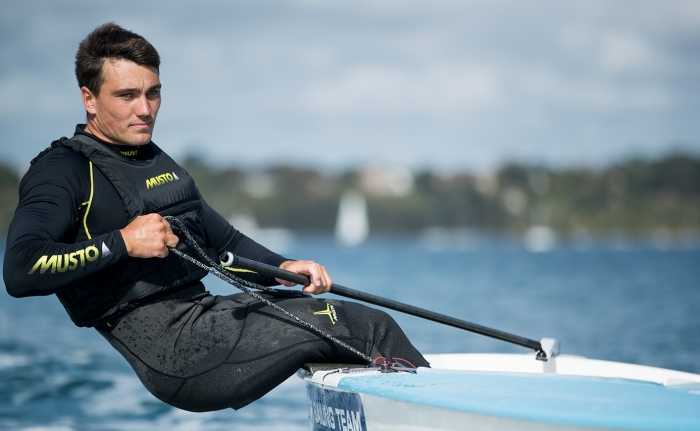A wetsuit is protective clothing worn to prevent heat loss from the body during water sports. Some basic wetsuit designs and thicknesses are determined by the variety or severity of situations or conditions of use. Many offshore sailors will have several different types of wetsuits to ensure they are correctly prepared and equipped for each occasion. A wetsuit does not prevent water from entering, unlike a dry suit. It contains a small layer of water inside the suit and uses your body’s natural heat to hold a small layer of water and keep you warm.
Wetsuits are classified into several different body types
A full wetsuit protects the legs, torso, and arms and often includes a hood for the head. Wetsuits of this type are best suited for use in cold water. A wetsuit with ¾ sleeves and legs, called a spring suit, is suitable for warmer waters, but when you still need extra protection. The best wetsuits are called shorties. They have very short legs and arms but protect with a full torso.
There are also variations of this, such as a sleeveless wetsuit. It has full waist and torso protection but no sleeves, so your arms are not limited. Wetsuits are created in two versions: one-piece and two-piece; One-piece wetsuits are more challenging to put on but provide better protection than two-piece wetsuits. Therefore, they are the best option for surfing or diving in cold waters.

The thickness of the wetsuit, measured in millimeters, also depends on the type of wetsuit. Thicker wetsuits limit the range of motion but provide better protection from the cold. Thinner wetsuits are more suitable for warmer waters as they allow for a greater range of motion while offering protection and thermal insulation to the body. It is best for surfers and boaters who need to move nimbly in the water or on deck. Wetsuits can be standard thickness or with ends slightly thinner than the torso.
When choosing a wetsuit, buy the right one for your planned activities. It is also important to purchase a top quality wetsuit from a reputable company. Make sure the wetsuit you buy will provide the protection you need by knowing the average water temperature in the area where you plan to surf. If you plan on being in the water for an extended period, consider getting a torso rashguard. It will help you with possible irritation caused by nylon and neoprene used in wetsuits. In addition, you will feel much better after spending the whole day in a wetsuit if it is lined, so try to get a lined wetsuit.
Summary
If you’re looking for a wetsuit for sailing, you now have the right tools to find the perfect one for every activity and situation.

